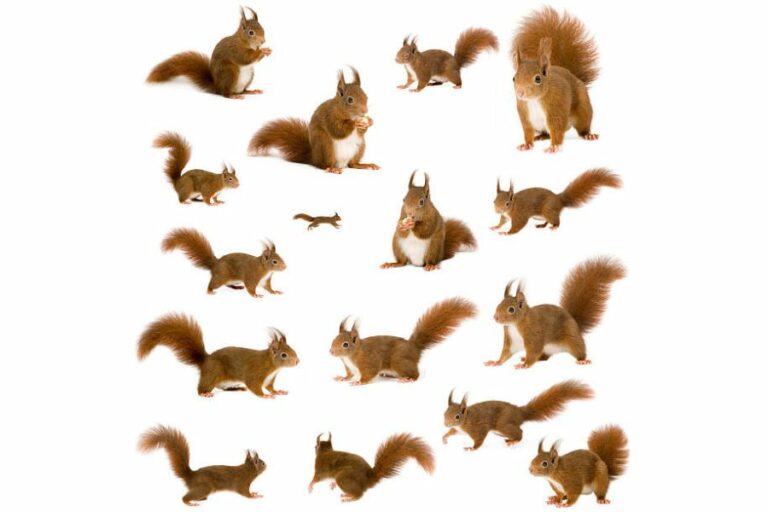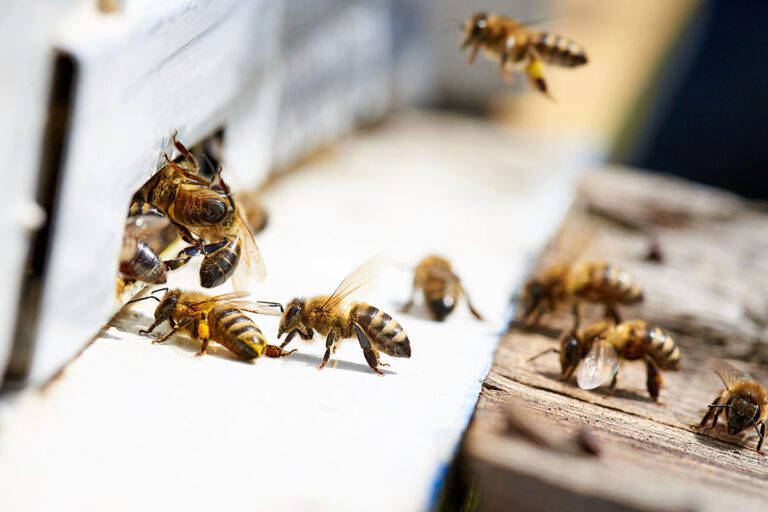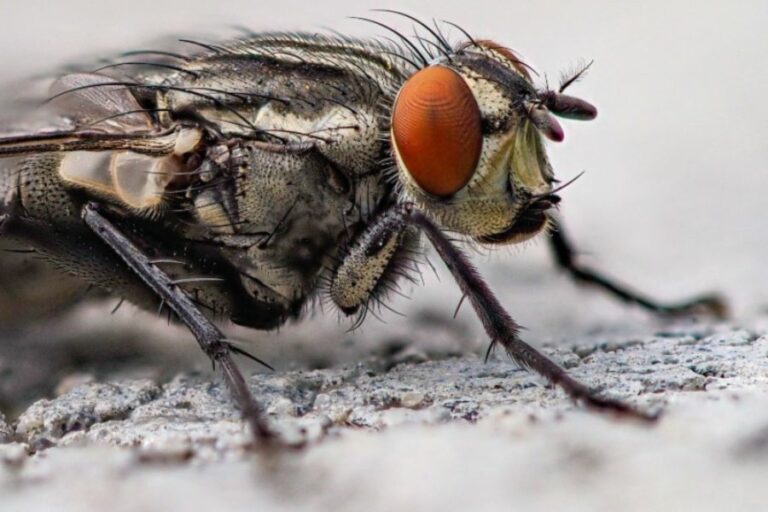Squirrel Control Solutions
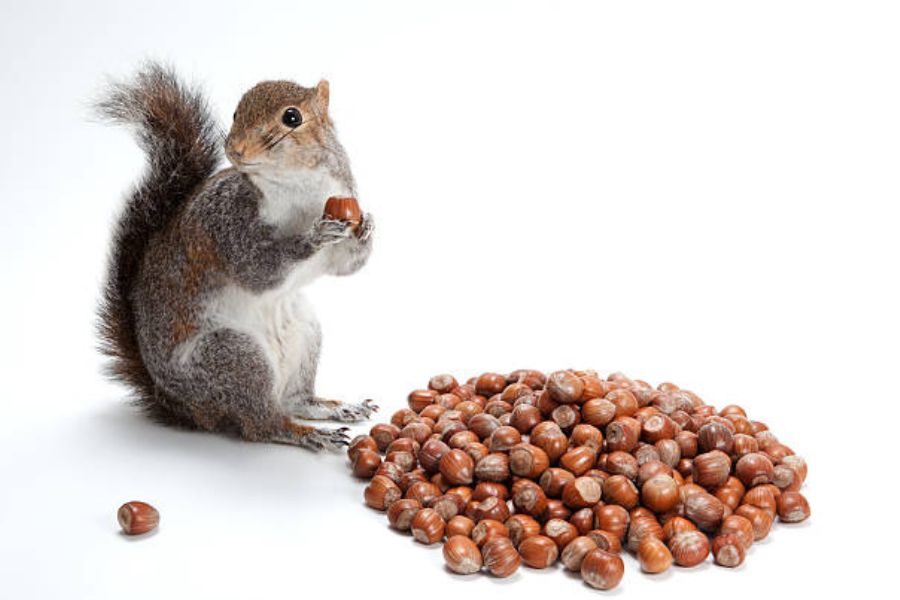
Mastering Squirrel Solutions: Your Go-To Guide for Effective Pest Control
Welcome to our ultimate blog on squirrels and pest control. Find solutions for attic infestations and satisfy your curiosity about these furry creatures.
What are the signs of a squirrel infestation?
Signs of a squirrel infestation can vary depending on the location and extent of the problem. Here are some common indicators to look out for:
- Strange Noises: If you hear scratching, scampering, or chewing sounds from your attic, walls, or chimney, it could be a sign of squirrels nesting or foraging.
- Droppings: Squirrel droppings are typically small, cylindrical, and similar in appearance to mouse droppings. If you find an accumulation of these droppings in and around your property, it could indicate an infestation.
- Gnawed Objects: Squirrels have strong teeth and may chew on various objects, including wooden structures, electrical wires, and insulation. Look for signs of bite marks on furniture, walls, or wires.
- Damaged Gardens: Squirrels dig up bulbs, uproot plants, and nibble on fruits, vegetables, and bird feeders in gardens. It could be a sign of squirrel activity if you notice significant damage to your plants or feeders.
- Nests and Nesting Materials: Squirrels build nests called dreys, typically in trees or attic spaces. Look for piles of leaves, twigs, and other materials in your attic or high up in trees that could indicate a squirrel nest.
- Squirrel Sightings: Regular sightings of squirrels around your property, especially during odd hours or in higher numbers, can suggest an infestation.
- Entry Points: Squirrels can access your home through small openings or gaps in the roof, vents, or soffits. Look for chewed or damaged areas that could serve as entry points for squirrels.
Suppose you notice multiple signs pointing towards a squirrel infestation. In that case, it’s recommended to consult a professional pest control service to assess the situation and develop an appropriate plan for removal and prevention.
How does pest control services get rid of squirrels?
Pest control services employ various methods to get rid of squirrels. Here are some common approaches:
- Inspection: A professional pest control technician will conduct a thorough inspection to identify entry points, nesting areas, and signs of squirrel activity. This helps determine the extent of the infestation and develop an appropriate removal plan.
- Exclusion: The technician will seal off entry points using materials like steel mesh, caulk, or other barriers to prevent squirrels from entering or re-entering the property. They will focus on vulnerable areas such as gaps in roofs, walls, vents, or chimneys.
- Trapping: Live traps designed specifically for squirrels may be used to capture them. Traps are strategically placed near entry points or along their travel routes. Once captured, the squirrels are safely removed from the premises and released in a suitable location away from human habitation.
- Repellents: Pest control professionals may utilise squirrel-specific repellents to deter squirrels from certain areas or discourage them from returning. These repellents can be in the form of sprays, granules, or other application methods.
- Habitat Modification: Technicians may recommend and implement habitat modifications to make the environment less attractive to squirrels. This can include trimming tree branches, removing potential food sources, or implementing barriers around vulnerable areas.
- Monitoring and Prevention: Pest control services typically provide ongoing monitoring to ensure the effectiveness of the removal methods and to detect any new squirrel activity. They may also offer preventive measures and advice to minimise the risk of future squirrel infestations.
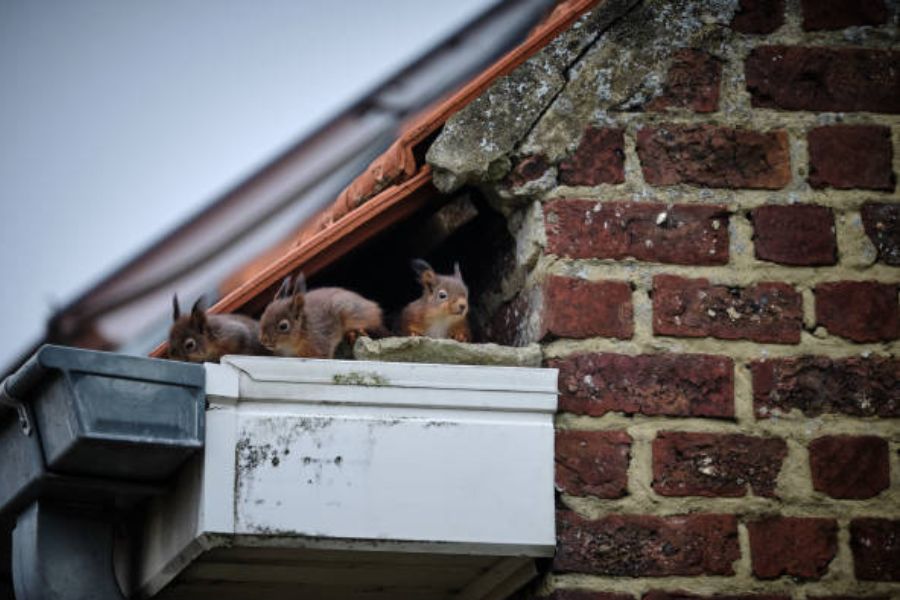
How do I get rid of squirrels in my attic?
When dealing with squirrels in your attic, effective pest control methods can help you eliminate them. Here are some steps to consider:
- Inspection: Conduct a thorough inspection of your attic to locate entry points and areas where squirrels may be nesting or causing damage.
- Seal Entry Points: Identify and seal off any openings or gaps squirrels may use to enter your attic. Use materials like steel mesh, hardware cloth, or caulk to block their access points.
- Trapping: Set up humane live traps in your attic to capture the squirrels. Place bait, such as nuts or peanut butter, in the traps to attract them. Check the traps regularly and release the captured squirrels outdoors, far from your property.
- Repellents: Use squirrel repellents to deter them from entering your attic. Natural deterrents like predator urine or commercial repellents with strong odours can discourage squirrels from staying in your attic.
- Trim Trees and Branches: Trim back tree branches that may provide easy access to your attic. This prevents squirrels from using them as bridges to reach your home.
- Clean and Disinfect: Once the squirrels are removed, clean your attic thoroughly, removing any nesting materials, droppings, or food sources. Disinfect the area to eliminate potential health hazards.
- Professional Assistance: If the infestation persists or you’re uncertain about handling the situation on your own, consider contacting a professional pest control service with experience in squirrel removal.
Remember, addressing the underlying issue that attracted squirrels to your attic, such as food sources or open entry points, is essential to prevent future infestations. Combining these pest control methods with proactive prevention can effectively eliminate squirrels in your attic and minimise the chances of recurrence.
How do I get rid of squirrels in my garden?
To get rid of squirrels in your garden, try these methods:
- Remove food sources like fallen fruits and seeds.
- Install physical barriers such as fencing or netting.
- Use squirrel repellents with strong odours or taste aversions.
- Provide alternative food sources in designated feeding stations.
- Employ scare tactics like reflective objects or motion-activated devices.
- Choose squirrel-resistant plants with strong aromas or prickly textures.
- Maintain a clean and tidy garden to reduce squirrel attraction.
- For persistent infestations, consider seeking help from local pest control experts.
How do I get rid of squirrels on my roof?
If you’re dealing with squirrels on your roof, there are a few steps you can take to get rid of them. First, identify and seal off any access points or openings they may be used to enter. Use materials like steel mesh or caulk to block their entry. Next, consider trimming tree branches or nearby vegetation that provides easy access for squirrels. You can install deterrents like motion-activated sprinklers or ultrasonic devices to repel squirrels. Removing any potential food sources, such as bird feeders or fallen fruits, can help discourage squirrels from lingering on your roof. If the problem persists or becomes too difficult to handle, consult a professional pest control service experienced in squirrel removal from rooftops.
How do I get rid of squirrels in my home?
If you find squirrels in your home, taking immediate action is crucial. Start by identifying the entry points they use to access your home, such as gaps, holes, or damaged areas in the walls, roof, vents, or chimney. Once you locate these points, seal them off using materials like steel mesh or caulk to prevent further entry. To aid their removal, consider using exclusion devices like one-way exit funnels or doors over the entry points, allowing squirrels to exit but not re-enter. Using squirrel repellents near entry points can also help deter them from returning. If squirrels are inside, humane live traps can be set near entry points or along their travel routes, baited with squirrel-preferred food. Once trapped, release the squirrels far away from your property. If you’re unsure or the infestation persists, you should seek assistance from a professional pest control service experienced in squirrel removal from homes. Their expertise ensures safe and effective removal, protecting your home and minimising the risk of future infestations. Taking swift action is vital to addressing the situation and preventing further damage or potential health concerns associated with squirrels in your home.
How do I get rid of squirrels permanently?
To remove squirrels permanently:
- Focus on preventing their access to your property by sealing off entry points and using deterrents.
- Regularly maintain your property, remove potential food sources, and trim trees or branches that provide easy access.
- Consult a professional pest control service for expert guidance and effective long-term solutions.
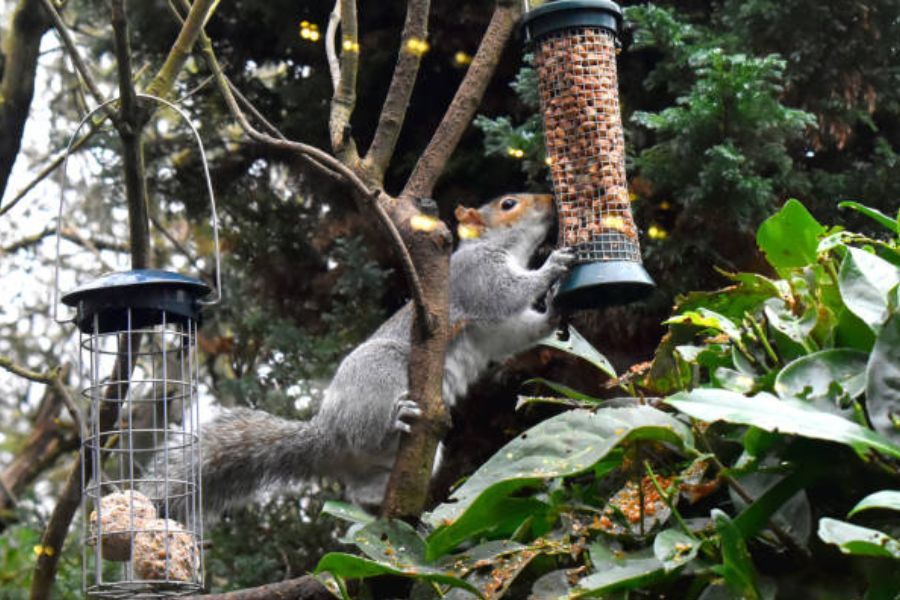
Are squirrels harmful to my property?
Squirrels can cause damage to your property. Here are some ways in which they can be harmful:
- Structural Damage: Squirrels have strong teeth and may gnaw on various materials, including wood, insulation, electrical wiring, and plastic pipes. Their chewing can lead to structural damage and pose fire hazards if they chew through electrical wires.
- Garden Damage: Squirrels are notorious for raiding gardens, digging up bulbs, uprooting plants, and feeding on fruits, vegetables, and bird feeders. Their foraging activities can result in significant damage to your garden and landscape.
- Nesting: Squirrels may seek shelter in attics, chimneys, or crawl spaces, causing potential damage to insulation, air ducts, and stored items. Their nesting materials can clog vents and create fire hazards if they build nests near heat sources.
- Noise and Odour: Squirrels can be noisy, especially if they have gained access to your attic or wall cavities. Their scurrying, scratching, and vocalisations can be disruptive. Additionally, squirrel droppings and urine accumulation can lead to unpleasant odours.
- Disease Transmission: While rare, squirrels can carry leptospirosis, ticks, fleas, or mites. If squirrels come into close contact with humans or pets, there is a potential risk of disease transmission.
It’s crucial to address squirrel infestations promptly and prevent their entry into your property to minimise potential harm. Consulting with a professional pest control service can guide effective removal and prevention strategies specific to your situation.
What is the best squirrel repellent?
There are various squirrel repellents available, but the effectiveness of each may vary depending on the situation and the squirrels in your area. Here are some commonly used squirrel repellents:
- Spicy Repellents: Squirrels are generally deterred by strong smells and tastes. Spicy repellents like cayenne pepper, hot pepper spray, or chilli powder around vulnerable areas can help prevent them.
- Predatory Urine: Squirrels are wary of predators, so products containing the urine of natural squirrel predators like foxes or coyotes can effectively repel them. These are typically available in granule or liquid form.
- Odour-Based Repellents: Some commercial squirrel repellents emit strong odours that squirrels find unpleasant. These repellents typically contain natural ingredients like essential oils or concentrated garlic.
- Ultrasonic Repellents: Ultrasonic devices emit high-frequency sounds that are undetectable to humans but can be bothersome to squirrels. These devices are designed to deter squirrels without causing harm.
- Motion-Activated Sprinklers: Squirrels dislike being sprayed with water, so that motion-activated sprinklers can startle and deter them. These are particularly useful for protecting specific areas like gardens or bird feeders.
It’s important to note that while repellents can be helpful, their effectiveness may vary. Some squirrels may become accustomed to certain repellents over time. It’s often recommended to use a combination of repellents and preventive measures to achieve the best results. Experiment with different repellents and consult a professional pest control service for personalised advice based on your specific situation.
How to get rid of squirrels in trees?
Getting rid of squirrels in trees can be a challenging task, but there are several methods you can try. Start by pruning tree branches close to your home or structures, as this eliminates easy access points for squirrels. Installing metal collars or bands around the tree trunks can prevent squirrels from climbing up. Applying squirrel repellents to the tree trunks and branches can also deter them from nesting or climbing. Squirrel baffles can be installed on tree trunks to block access to bird feeders or other food sources. Hanging wind chimes, aluminium foil strips, or reflective objects in the trees can create noise and movement, making squirrels uncomfortable. Live traps designed for squirrels can be an option if other methods are ineffective. Consult local regulations and seek professional assistance if needed. Remember to prioritise the humane treatment of squirrels while finding ways to manage their activity in your area.
